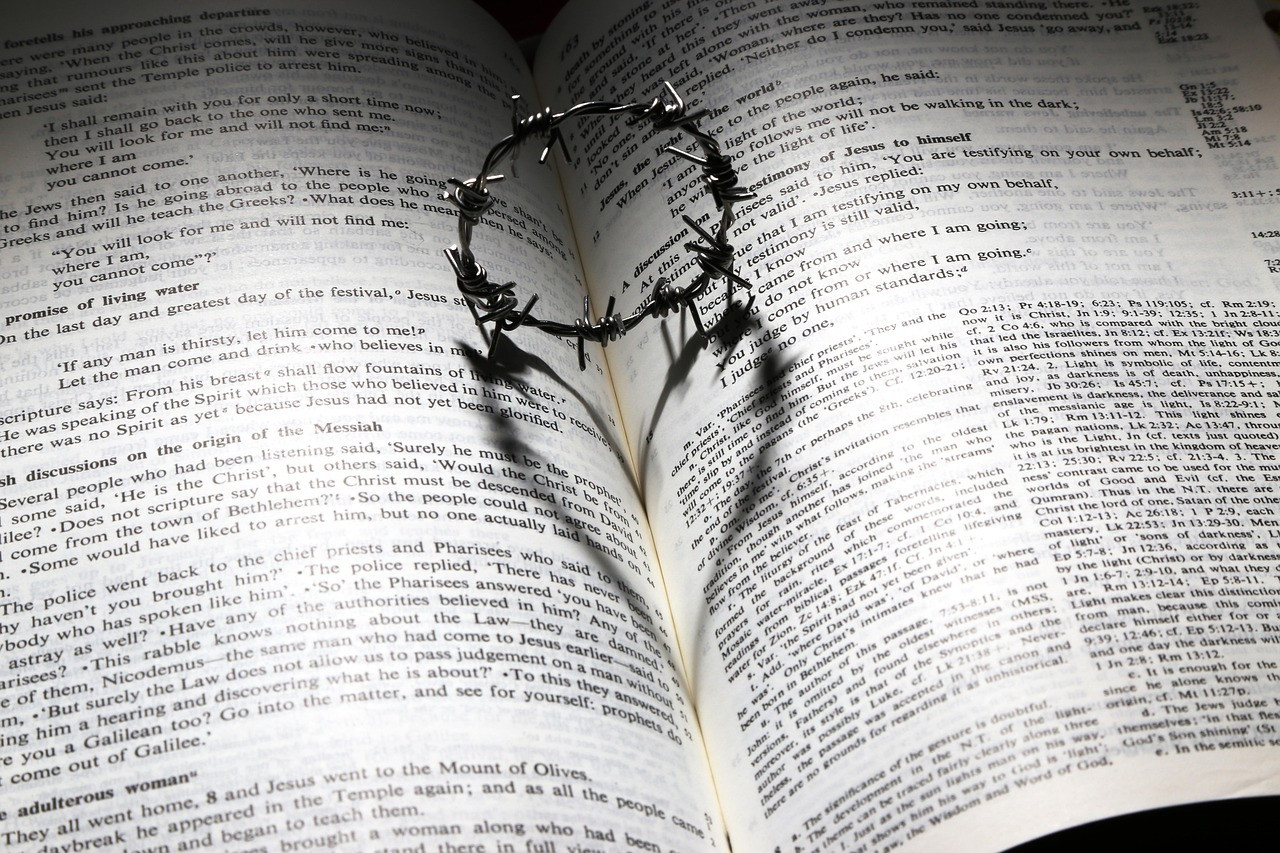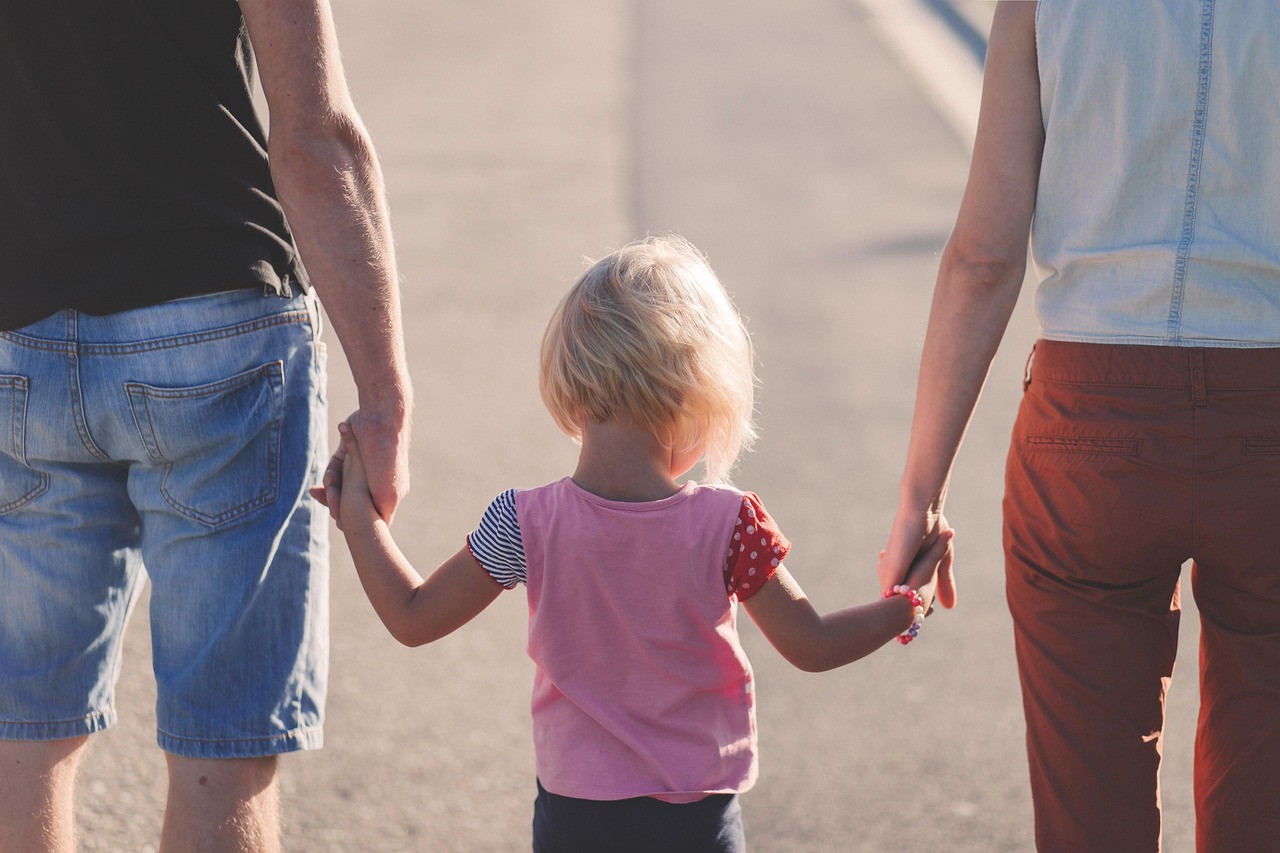Understanding your attachment style can help you to understand and improve your current relationships. Your interactions with others today stem from the attachment style you learned in infancy by way of your primary caregivers.
Attachment styles are those things that start in infancy but affect us for the rest of our lives, yet those attachment styles that are less than helpful can be changed; it's not a death sentence.
It's something that can evolve and change in healthy relationships or with healthy therapy and healthy experiences over time.
To give you an overview of the attachment styles so that you can see what may be contributing to certain things in your own relationships with other people, from romantic relationships to your parenting style with your own kids, or even your friendships, or work attachments, this whole attachment style base that we kind of develop before we even have an awareness of what's developing is again a nervous system organization type thing. So, if it's not a secure attachment, there are stressors to the nervous system that lead us to go into a fight or flight or shut down mode. You can see the fight, flight, freeze, and fawn of the nervous system's survival strategy in the attachment styles.
The 4 Attachment Styles
- Secure Attachment: is when a person can trust pretty easily. They are able to go out into their environment and explore it because they can come back to a secure base in a parent or attuned caregiver. They can regulate their emotions or go to that safe person to have their emotions regulated so that it is manageable. A secure parent is safe and compassionate while also being able to manage their own emotions separately from the child's.
- Avoidant-Dismissive: is when a person learned that he/she has to be self-reliant, and therefore, minimizes how important relationships actually are to their needs. Insecurity is high, and fear gets in the way of the act of going toward intimacy. Trust is not easily gained.
- Anxious Preoccupied: is when a person learned to be very sensitive to the needs of others, even when it is not what they need or what is best for them. This can lead to codependency, fear of being alone, and fear of being abandoned. This can lead to being anxious in relationships where one feels a great need for validation from others.
- Avoidant-Fearful/Disorganized: is when a person learned to emotions are not safe. They may have a tendency to push others away at times and shut down their needs/emotions, or they may allow desperation to arise where they hope the other will provide what they need. This attachment style can come with a sense of confusion.
Key Attachment Periods
- Birth to Six Weeks: This is called the pre-attachment timeframe and that's when a baby shows no particular attachment to one specific person they can be handed off to different people and be pretty much OK just being cared for as long as their basic needs are met.
- Six weeks to Seven Months: This is called the indiscriminate stage of attachment and that's where infants start to show a preference for the one or two people who actually are their consistent caregivers.
- Seven Months + : This is when children can show what's called the discriminate stage of attachment where they show strong attachment to one specific caregiver so that might be where you know the child wants only mommy or only daddy.
- Ten Months or Older: The bond continues to grow with other people in their lives.
Assessing Your Attachment Period
The first thing to call up before we go into further into the attachment styles is to notice how your situation was from a very early age. Can you think back to the circumstances and caregivers you had in your life at these critical stages? Each of us was raised in some manner, even if there was a lot of abandonment and a child was just left in a crib all the time, that's how they grew at these critical developmental attachment periods.
The circumstance and caregiver attunement is going to impact a child for much longer than the time of infancy. So, it's very good for a child to have consistent supportive attuned caregiving where the parents teach the child that they are safe to come them. The child is also taught that situations can be managed and handled when things feel scary or out-of-control, or elicit big feelings in the child.
For instance, if a child is feeling scared or overwhelmed, a secure caregiver can say something like, "Oh, it's OK, I know you're scared, but look there's no monster in the closet. The child gets a hug, and is tucked into bed with a kiss, and knows that Mommy and Daddy are trustworthy, and there is no danger. The child can then rest because they know they are safe.
However, if the parent says, "Oh, shut up, grow up, and stop being such a baby," the child for whom this fear is developmentally appropriate is now going to not only be afraid of the imagined monster but also of Mom or Dad. For a parent to dismiss the child or shame the child is causing a rupture and distress to the child's nervous system and sense of felt safety and trust in relationship to those upon whom he/she must depend. This sets up a conflict within the child...I have to go to a grown up when I need something, and the grown-ups are scary when I go to them. This is going to affect the child's system profoundly, even into adulthood.
Notice how you were treated in early childhood, and notice your patterns in adult relationships, especially in romantic ones. Are there any correlations that you can observe?
Reach Out
You can improve your relational attachment style by gaining knowledge, support, and communication skills to be able to share with others what you're feeling/experiencing. Relearning in securely healthy relationships can bring healing to your needs. Find safe friends, a good therapist, or a life coach who can help you to assess your particular situation and to help you gain the skills necessary to grow into a more secure attachment style.





